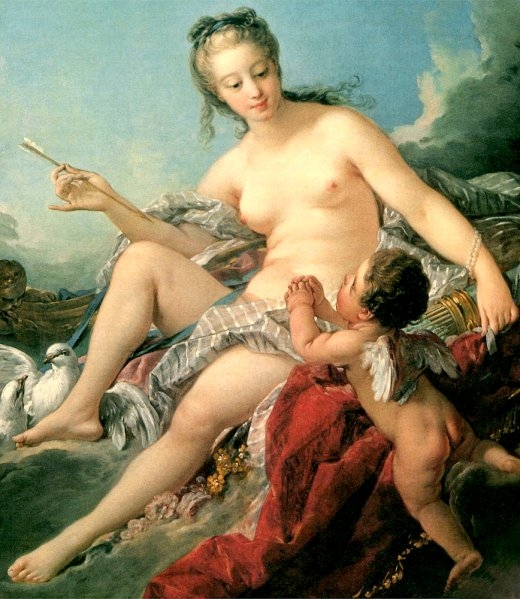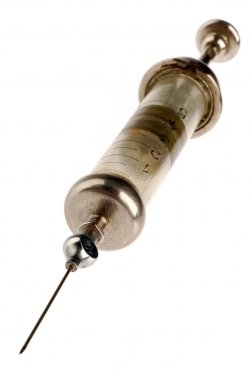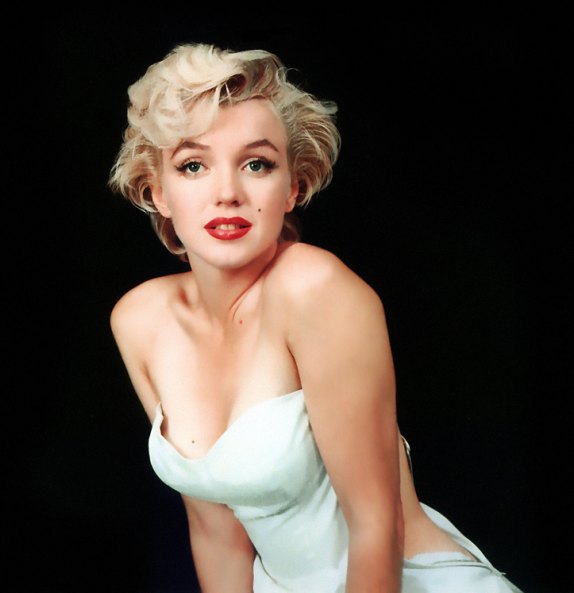
NEW YORK TIMES: In the new issue of Nature, the neuroscientist Larry Young offers a grand unified theory of love. After analyzing the brain chemistry of mammalian pair bonding — and, not incidentally, explaining humans’ peculiar erotic fascination with breasts — Dr. Young predicts that it won’t be long before an unscrupulous suitor could sneak a pharmaceutical love potion into your drink [according to the results of] Dr. Young’s research with prairie voles at the Yerkes National Primate Research Center at Emory University. These mouselike creatures are among the small minority of mammals — less than 5 percent — who share humans’ propensity for monogamy. When a female prairie vole’s brain is artificially infused with oxytocin, a hormone that produces some of the same neural rewards as nicotine and cocaine, she’ll quickly become attached to the nearest male.
A related hormone, vasopressin, creates urges for bonding and nesting when it is injected in male voles (or naturally  activated by sex). After Dr. Young found that male voles with a genetically limited vasopressin response were less likely to find mates, Swedish researchers reported that men with a similar genetic tendency were less likely to get married. In his Nature essay, Dr. Young speculates that human love is set off by a “biochemical chain of events” that originally evolved in ancient brain circuits involving mother-child bonding, which is stimulated in mammals by the release of oxytocin during labor, delivery and nursing.
activated by sex). After Dr. Young found that male voles with a genetically limited vasopressin response were less likely to find mates, Swedish researchers reported that men with a similar genetic tendency were less likely to get married. In his Nature essay, Dr. Young speculates that human love is set off by a “biochemical chain of events” that originally evolved in ancient brain circuits involving mother-child bonding, which is stimulated in mammals by the release of oxytocin during labor, delivery and nursing.
“Some of our sexuality has evolved to stimulate that same oxytocin system to create female-male bonds,” Dr. Young said, noting that sexual foreplay and intercourse stimulate the same parts of a woman’s body that are involved in giving birth and nursing. This hormonal hypothesis, which is by no means proven fact, would help explain a couple of differences between humans and less monogamous mammals: females’ desire to have sex even when they are not fertile, and males’ erotic fascination with breasts. More frequent sex and more attention to breasts, Dr. Young said, could help build long-term bonds through a “cocktail of ancient neuropeptides,” like the oxytocin released during foreplay or orgasm.
Researchers have achieved similar results by squirting oxytocin into people’s nostrils — not terribly sexy, but it seems to enhance feelings of trust and empathy. Although Dr. Young is not concocting any love potions (he’s looking for drugs to improve the social skills of people with autism and schizophrenia), he said there could soon be drugs that increase people’s urge to fall in love. “It would be completely unethical to give the drug to someone else,” he said, “but if you’re in a marriage and want to maintain that relationship, you might take a little booster shot yourself every now and then. Even now it’s not such a far-out possibility that you could use drugs in conjunction with marital therapy.” MORE
 ALSO: Scientists have identified the Marilyn Monroe hormone that is linked to an hour-glass body shape in women, and also an increased desire to trade-up to new men. Women who have high levels of oestradoil also show elevated confidence and a greater inclination to have sex outside of their current relationship, according to the US-based research. The ovarian steroid hormone is also associated with having a symmetrical face, large breasts and a low waist-to-hip ratio. “Marilyn Monroe is actually a really good example of a woman who was almost certainly high in oestradoil,” Australian sexologist Dr Frances Quirk said in response to the research. MORE
ALSO: Scientists have identified the Marilyn Monroe hormone that is linked to an hour-glass body shape in women, and also an increased desire to trade-up to new men. Women who have high levels of oestradoil also show elevated confidence and a greater inclination to have sex outside of their current relationship, according to the US-based research. The ovarian steroid hormone is also associated with having a symmetrical face, large breasts and a low waist-to-hip ratio. “Marilyn Monroe is actually a really good example of a woman who was almost certainly high in oestradoil,” Australian sexologist Dr Frances Quirk said in response to the research. MORE
